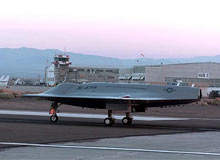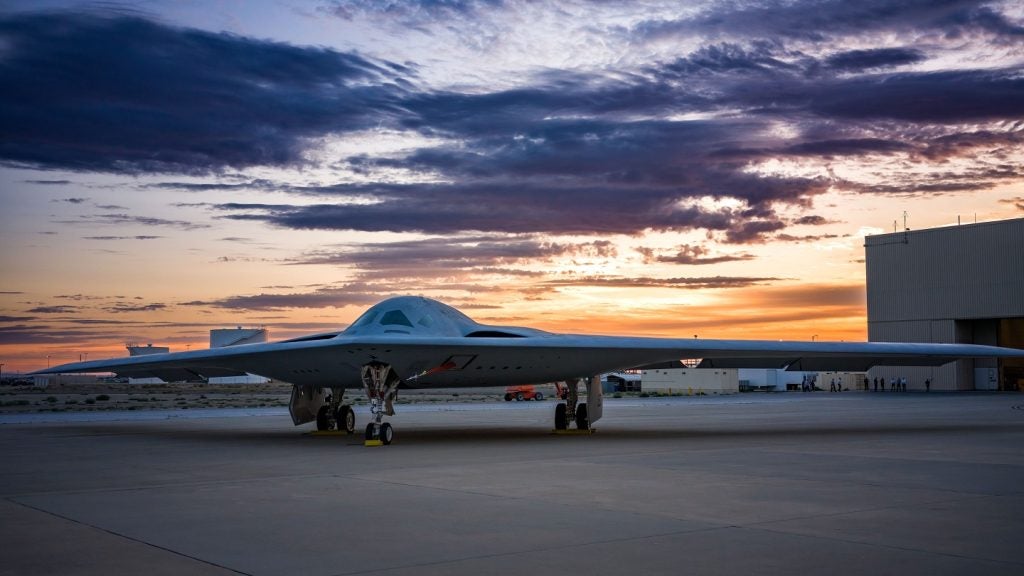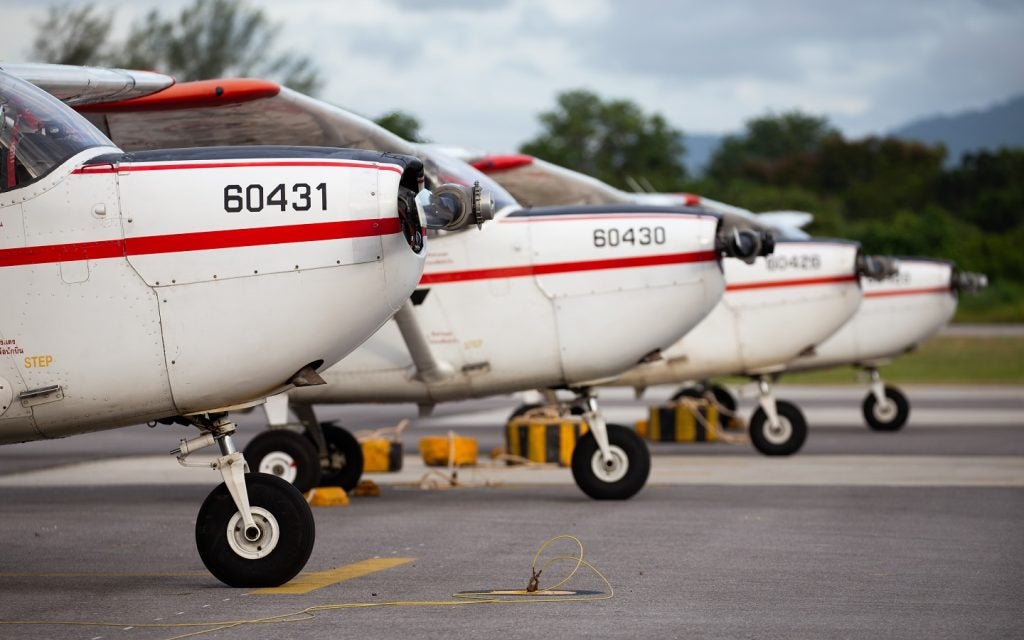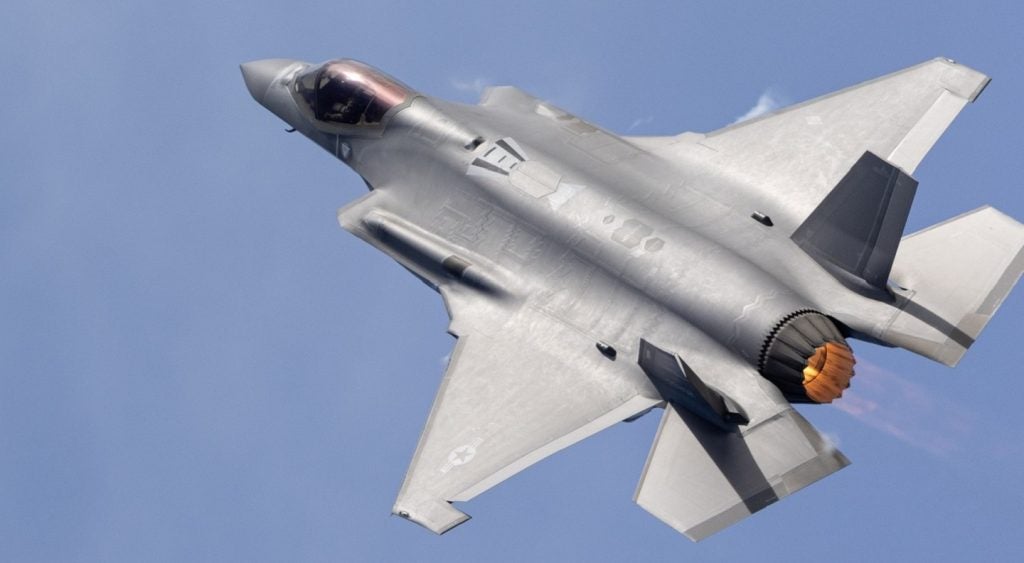
Differing factions of the US military are in the midst of vigorous disputes over who will control future unmanned aerial vehicle (UAV) programmes, which have already had sums in the billions poured into them, but this does not mean that the future of technology is set in stone.
Their size, make, purpose and use in combat environments could all change as the engineering becomes more advanced, while at the same time, opening up new debate around issues such as human error and airspace control.
As combat aircraft did last century, UAVs will doubtless evolve in several directions at once. Currently, the most important of these are smaller size, more mission versatility and cooperative autonomy.
SCALE AND SCOPE
As the emergence of Tier 0 suggests, reducing the absolute size of UAVs becomes increasingly valuable as they approach the size of large birds (such as Andean condors).
See Also:
Smaller UAVs are already as quiet as many house fans, and UAVs of biological scale could be not only difficult to spot, but easy to overlook or otherwise mistake for other objects, whether animate or not. In particular, hovering or vectored-thrust UAVs operating ‘on the deck’ might be operationally indistinguishable from land-bound robots. In this context the army’s opposition to air force hegemony over the UAV technology becomes very understandable.
How well do you really know your competitors?
Access the most comprehensive Company Profiles on the market, powered by GlobalData. Save hours of research. Gain competitive edge.

Thank you!
Your download email will arrive shortly
Not ready to buy yet? Download a free sample
We are confident about the unique quality of our Company Profiles. However, we want you to make the most beneficial decision for your business, so we offer a free sample that you can download by submitting the below form
By GlobalDataAt the other end of the envelope, UAVs are particularly suited to operate at very high altitudes and over quite extended periods because crew survivability is not an issue. Naturally, operations in thin or negligible air requires different propulsion and aerodynamic solutions, but for large contractors already investigating quasi-orbital flight, such research is an easy extension of current programmes.
In October 2007, Boeing announced that it had successfully tested a hydrogen propulsion system for its Gen 2.X HALE vehicle. This UAV is supposed to be able to stay aloft for a week utilising extra-long wings and lightweight composites (not to mention the fuel itself – hydrogen is, after all, lighter than air).
At some point, however, vehicles have to bring their own oxidiser; for this and other reasons, the very high altitude layer is really a general aerospace issue rather than a specific UAV concern. In this context, of course, air force managerial control would incite opposition not only from the other services, but from the intelligence community as well, which is why joint organisations such as the National Reconnaissance Office (which operates the US satellite fleet) were created in the first place.
UAV MISSIONS
In terms of mission, UAVs will take over more roles going forward. For example, UAVs can be as useful as some helicopters in a tactical supply mission. Rotary-wing aircraft, however, are the army’s purview, which is why the senior service is taking the lead on light, short-haul cargo UAVs.
Between the recon and attack missions, for example, is the electronic warfare mission executed by such manned aircraft as the EA-6B Prowler and EC-130 Compass Call.
Both the Global Hawk and the Predator in its recon version have enough spare payload for a basic EW package. However, the game between electronic search and countermeasures can turn into a contest of escalating power output, which means that UAVs may have to upgrade their power output before they can compete with ground systems. This may require more challenging advances in generation or storage power-to-weight ratios.
The most difficult role for a UAV to perform, however, is the air combat mission. UAV operators currently liken piloting a UAV to flying a plane while looking through a straw.
Even aside from the visibility issue, the manoeuvrability and tracking weaknesses of current UAVs in this context have already been demonstrated.
In 2002, a Predator and a MiG-25 fired missiles at each other; the MiG evaded successfully, but the Predator did not.
Nevertheless, this situation might change a couple generations down the line. For some time now, the onboard human pilot has constrained increases in aerial manoeuvrability and g-loading.
If virtual reality experts can create a ground station for UAV operators that replicates the aircraft, complementary advances in materials and omnidirectional sensors could enable UAVs to outfly manned fighters in dogfight range.
Finally, the ability to cooperate proactively could provide UAVs with exponential advantages. Currently, operators can programme UAVs to fly autonomously subject to manually provided mission parameters. Additionally, UAVs can proactively navigate themselves back to prescribed courses using GPS or terrain contour matching, as cruise missiles have done for decades.
However, human operators still have to think for UAVs, which makes the ground station interface between operator and battle management computer the rate-limiting factor.
But UAVs have another advantage: unit for unit, they are often two orders of magnitude cheaper than manned systems. This suggests that UAVs with even rudimentary artificial tactical intelligence could engage in swarming tactics and otherwise utilise economies of scale.
UAV CRITICISMS AND CONSTRAINTS
The most ironic feature of the UAV’s potential, however, is that its strengths are also its weaknesses. This is less the fault of the technology as such and more the fault of the humans responsible for the overall technological environment.
For example, consider the ‘too useful for our own good’ argument. The ability to lose UAVs but not suffer casualties makes military action less risky, which in turn might raise the likelihood that such action would be early or premature. Law enforcement and intelligence critics have made similar arguments with respect to the erosion of civil liberties by micro-UAVs.
Such objections, of course, are essentially political rather than technological in nature.
A more concrete problem is airspace control with the proliferation of smaller UAVs. Collision avoidance in military airspace is relatively easy now because planes are visible to the human eye and detectable by radar. Will small UAVs be detectable by aircrews at distances that allow evasive action?
The scale economy advantage described above would only exacerbate the problem, as hundreds of UAVs (many of which could be operated on decentralised basis by small units) fly around in a space that formerly held only dozens of manned aircraft.
An equally dangerous conflict is one of autonomy versus target verification, also known as the IFF problem. Identifying friends and foes, particularly when the friends are multinational and the foes are unconventional, is already a challenging problem for the US, which has inflicted own-team casualties on several occasions.
In November, as reported in Aviation Week & Space Technology, a British officer seconded to a US ground control station in Nevada recognised that a Predator target was in fact a British special ops team just before a Hellfire launch.
Most critically in the long term, the UAV threat will become a two-way street as adversaries improve their own UAV weapons. The hostile UAV cat is already out of the bag: in the 2006 Israeli incursion into Lebanon, Hezbollah deployed several Iranian Ababil drones in cruise missile mode.
UAVs could well end up being more of a force multiplier for an emerging military, which either can’t afford or can’t gain access to the types of manned high-tech conventional or nuclear platforms that the global superpowers take for granted.
Nevertheless, technology doesn’t flow backwards, and the cure for some if not most of these problems is likely to be more technology, particularly in the information management area.
In any event, even the Gen 2.0 UAVs have much more potential to fulfill before their incremental utility starts to flatline.







